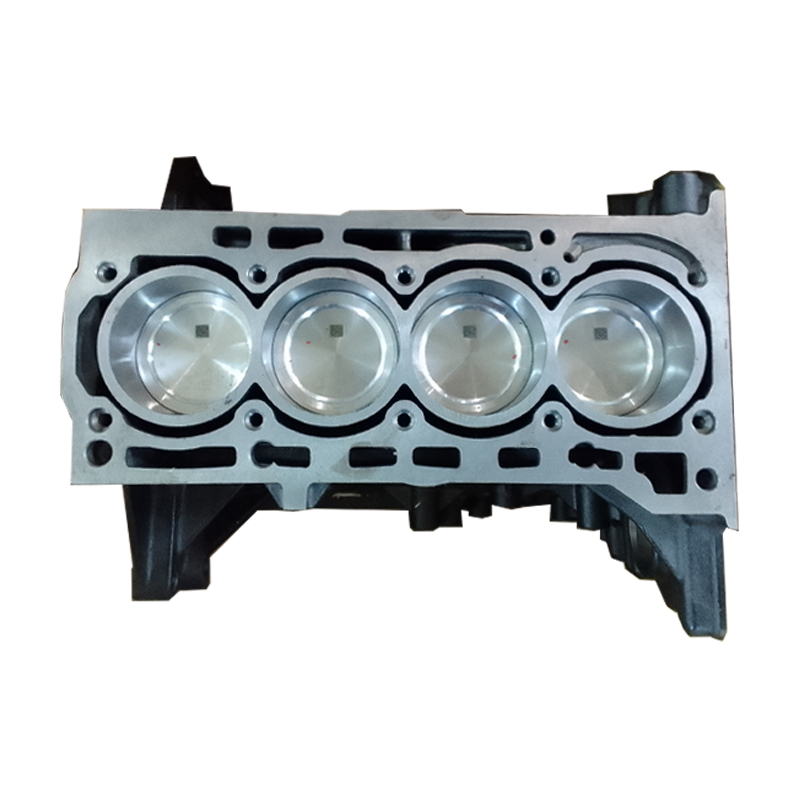Install a state-of-the-art clp engine for better performance.
Install a state-of-the-art clp engine for better performance.
Blog Article
The Role of a Clp Engine in Revolutionizing Engine Efficiency and Sustainability
The advent of CLP engine technology offers a crucial minute in the vehicle market, where efficiency and sustainability merge in unmatched methods. By optimizing burning procedures and enabling vibrant changes in compression ratios, these engines not just promise boosted fuel effectiveness and reduced exhausts but likewise challenge standard engineering paradigms. As the industry comes to grips with the pressing requirement for greener services, the ramifications of taking on CLP technology extend much past plain performance metrics. What continues to be to be seen is how these innovations will certainly reshape the future landscape of automobile design and environmental obligation.
Comprehending CLP Engine Innovation
As the automotive industry continuously looks for innovative remedies to improve performance and efficiency, comprehending CLP engine modern technology becomes vital. The term CLP stands for Compression-Low Pressure, a cutting-edge engine layout that concentrates on maximizing burning processes and decreasing discharges. This technology runs by preserving a low-pressure environment within the burning chamber, which facilitates a more total gas shed and decreases unburned hydrocarbons.
Among the crucial functions of CLP engine technology is its ability to adjust the compression proportion dynamically. This versatility enables the engine to operate efficiently throughout numerous driving conditions, enhancing fuel economic situation while at the same time improving power outcome. Additionally, CLP engines utilize advanced materials and style concepts to decrease weight and thermal losses, further adding to total effectiveness.
Moreover, the integration of electronic control systems plays an essential role in taking care of the engine's performance criteria. These systems allow real-time modifications to ignition timing and gas injection, optimizing burning for both power and efficiency. By recognizing CLP engine modern technology, stakeholders in the vehicle market can better appreciate its possibility in driving the future of engine layout, performance, and sustainability.
Efficiency Enhancements Offered
CLP engine technology provides substantial performance improvements that establish it apart from typical engine styles. Among the primary advantages of CLP engines is their ability to operate effectively throughout a more comprehensive series of speeds and tons. This versatility converts right into enhanced torque distribution and acceleration, offering a more responsive driving experience.
Additionally, the advanced combustion procedure utilized in CLP engines maximizes fuel-air blending, bring about higher thermal effectiveness. This improvement not just makes best use of power outcome but also reduces power loss, causing an engine that executes far better under different conditions.
Moreover, the modular architecture of CLP engines permits less complicated integration with hybrid systems, intensifying their performance possibility - clp engine. This flexibility enables makers to design vehicles that deal with consumer demands without compromising dexterity or power
The precision engineering associated with CLP innovation additionally adds to lower friction and wear, improving engine longevity and decreasing the regularity of maintenance. Generally, more helpful hints these efficiency improvements placement CLP my explanation engines as a leading selection in the search of high-performance, trustworthy, and functional engine options.
Environmental Advantages of CLP Engines
Among the most compelling advantages of CLP engines exists in their environmental advantages, which are increasingly vital in today's vehicle landscape. These engines are designed to maximize gas performance, significantly lowering carbon exhausts contrasted to conventional burning engines. By making use of advanced burning methods and ingenious products, CLP engines promote cleaner exhaust results, adding to enhanced air quality.
Furthermore, the reduction in gas consumption not only brings about decrease greenhouse gas emissions yet likewise conserves useful natural deposits. As fossil fuel reserves dwindle, the shift towards CLP technology represents a critical relocation towards sustainability. The engines are typically suitable with alternate fuels, further improving their ecological appeal and allowing for a diversified power profile.
Moreover, the light-weight style of CLP engines aids decrease car weight, which subsequently reduces the energy required for propulsion. This leads to lower operational energy intake and a minimized environmental footprint. In recap, CLP engines stand at the forefront of initiatives to minimize environment modification and advertise lasting techniques in the auto industry, symbolizing a future where performance and ecological responsibility are not mutually exclusive.
Contrast With Standard Engines
While typical engines have long controlled the auto market, the introduction of CLP technology presents a significant shift in efficiency and efficiency. Typical inner burning engines mainly count on fuel combustion, which not just restricts thermal effectiveness but also contributes to higher discharges. In comparison, CLP engines utilize advanced thermal administration and a distinct Web Site burning process, improving gas performance and considerably decreasing greenhouse gas discharges.
In addition, standard engines operate on set power contours, which can impede efficiency in differing driving problems. CLP engines, nonetheless, are made to adapt their performance dynamically, supplying optimal power distribution based on real-time needs. This adaptability leads to enhanced acceleration, responsiveness, and overall driving experience.
Maintenance also varies significantly; traditional engines often need regular oil modifications and element substitutes because of deterioration. clp engine. CLP engines, with fewer relocating parts, promise lowered upkeep requirements and longer functional life expectancies

Future Leads and Innovations
As the auto landscape progresses, the future of engine innovation is increasingly concentrated on innovations that boost performance and sustainability. The Clp engine, with its unique design and functional effectiveness, is poised to play a critical function in this transformation. Future developments may include improvements in products scientific research, allowing the building and construction of lighter and extra resilient components, therefore lowering overall vehicle weight and enhancing fuel performance.
Furthermore, the combination of expert system and artificial intelligence into engine management systems is anticipated to optimize performance dynamically, enabling real-time modifications based on driving conditions. These developments can better lessen exhausts and enhance energy usage.
In addition, research study right into alternative gas, including hydrogen and biofuels, offers amazing possibilities for Clp engines, aligning performance with environment-friendly campaigns. clp engine. As regulatory frameworks come to be more stringent, the fostering of such innovations will certainly be important in attaining sustainability goals without compromising power
Final Thought

Report this page